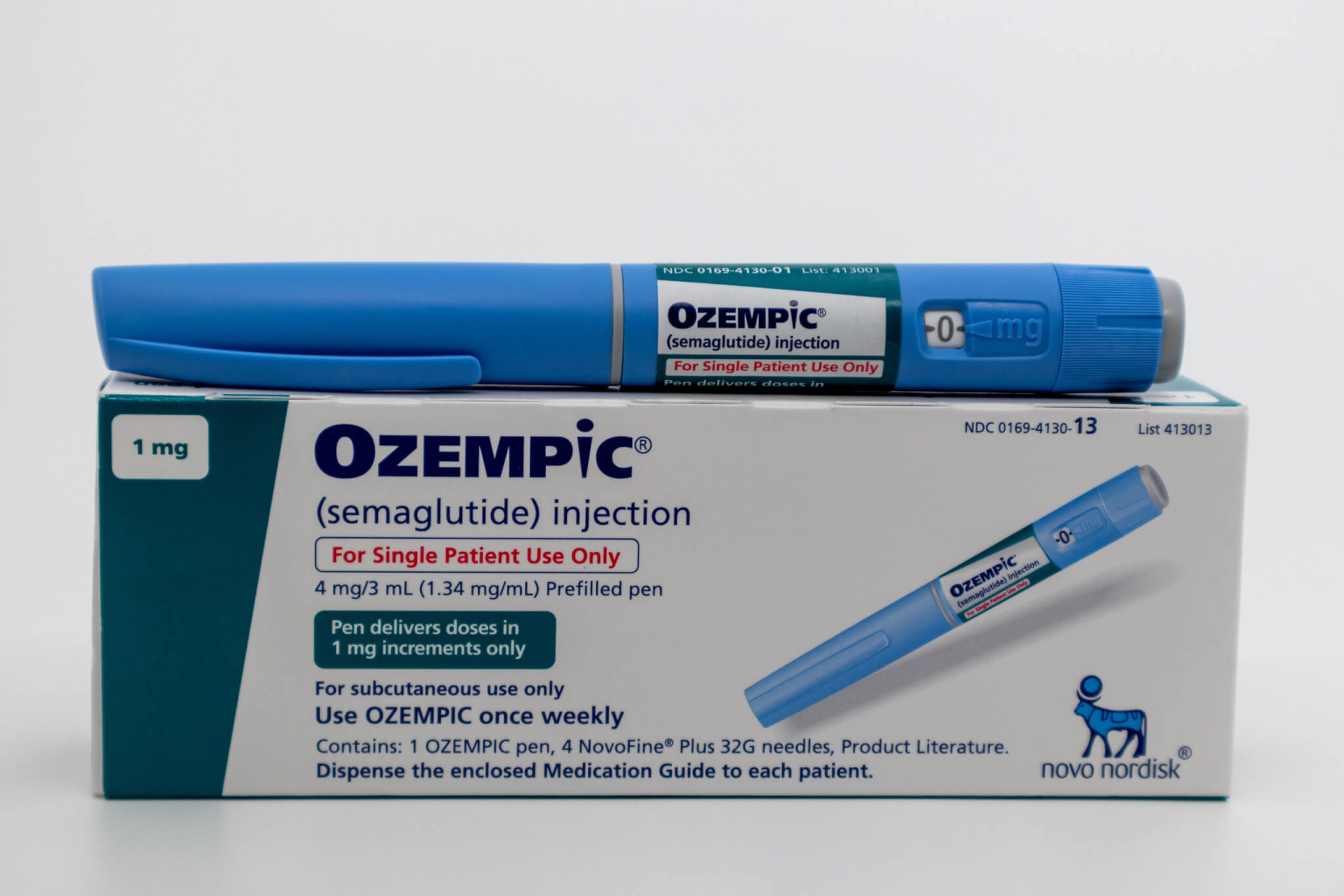
How GLP-1 Prescriptions are Reshaping Food and Beverage Trends
Filed Under: Food & Beverage, Restaurants & Food Service
Alex Palermo
Senior Vice President, B2B Research
What are GLP-1 Medications?
GLP-1 agonists (semaglutide) are medications used to control blood sugar (glucose) levels in Type 2 diabetes and can also treat obesity.
What We’re Seeing
Usage of GLP-1 medications is soaring. As of September 2023, about 1.7% of people in the US had been prescribed a semaglutide medication, up 40-fold over the past five years, according to data shared exclusively with CNN by Epic Research that was based on an analysis of millions of electronic health records.
GLP-1 medications – more commonly known by their brand names Ozempic, Mounjaro, and Wegovy – are being used by diabetic patients as well as weight loss patients to help reduce feelings of hunger. They mimic the GLP-1 hormone released in the gut in response to eating. As a result, the patients who are being prescribed GLP-1 medications are feeling less hungry and eating less. And it shows.
Recent reports from Numerator indicate that GLP-1 households are decreasing food and alcohol purchases more significantly than households without GLP-1 users and, particularly those with individuals using the drug for weight loss. GLP-1 households decreased food spending by -1.6% in the first nine months of the year versus a year ago—three times faster than non-GLP-1 households (-0.5%). Declines were even more pronounced among households with GLP-1 weight loss users, who decreased food spending six times faster than non-GLP-1 households (-3%).
What This Means for You and Your Brand
So, what does all this mean for your business? If you are like many of our clients in the food and beverage or food service industries, you might wonder how your brand should respond to changing consumption patterns related to the widespread GLP-1 usage.
Below are a few thoughts to consider as you plan for 2024 and beyond.
For CPG / Food and Beverage Manufacturers:
- Less is more (again): We’ve all heard the phrase “less is more.” However, a trip down the grocery aisle may tell you the opposite. Remember that packaging that emphasizes larger portion sizes or quantities could be a turn-off to GLP-1 patients seeking smaller portion sizes.
- Packaging matters: Storing and saving food for later became more important than ever. Focus on packaging innovations that help keep food fresher for longer.
- Emphasize quality nutrients: Trends over the past few years have led to more and more food claims around what is NOT in the food; for example, Gluten-Free, Non-GMO, Vegan, etc. Instead, there should be a growing focus on the nutrient density of the food to ensure these patients get adequate nutrition from the foods they choose to eat. Rather than focusing on what is absent from the food, promoting what nutrients the shopper will get would make more sense in this case (e.g., High in Iron, Vitamin C, etc.). This may help change consumer perceptions of food that may be considered “empty calories” to being thought of as nutritionally substantial.

For Foodservice:
Sharing is caring: There has been a trend toward “more for me, less for you” mentalities when ordering food outside the home. Supersized portions, while appealing for some, are not going to work for the typical GLP-1 patient whose appetite will shrink on the drug.
Instead, it makes more sense to advertise smaller or split portions. For example, some salad menus offer “half size” or “full size.” Or consider offering ways for a group of diners to all split one entrée for an extra fee.
- Downsize the upsell: Appetizers, cocktails, and desserts, while still appealing, may not have room in the GLP-1 patient’s diet. To make these upsells more palatable, consider offering smaller portions of the same menu items customers know and love. For example, a smaller amuse-bouche, a 5 oz. pour of their favorite alcoholic beverage or a dessert “flight” in bite-size pieces or served in shot glasses.
- Focus on the entrée: Still, it is likely the customer who is on GLP-1 for weight loss or otherwise will have a hard time finishing a multiple-course meal. In that case, focus on offering health-minded entrees heavy on protein and nutrients and lighter on carbohydrates and other dietary fillers. Those working with nutrition coaches will be looking to fill half their plate with vegetables and the rest with lean protein and a small amount of carbohydrates to ensure they get the nutrients they need from the reduced quantity of food they are consuming.
The impact of GLP-1 usage is not limited to the food and beverage industries. If long-term use persists, we can see myriad implications of this consumer trend in other related industries such as healthcare and health insurance, apparel, travel, hospitality, and transportation, among others.
explore featured
Case studies

